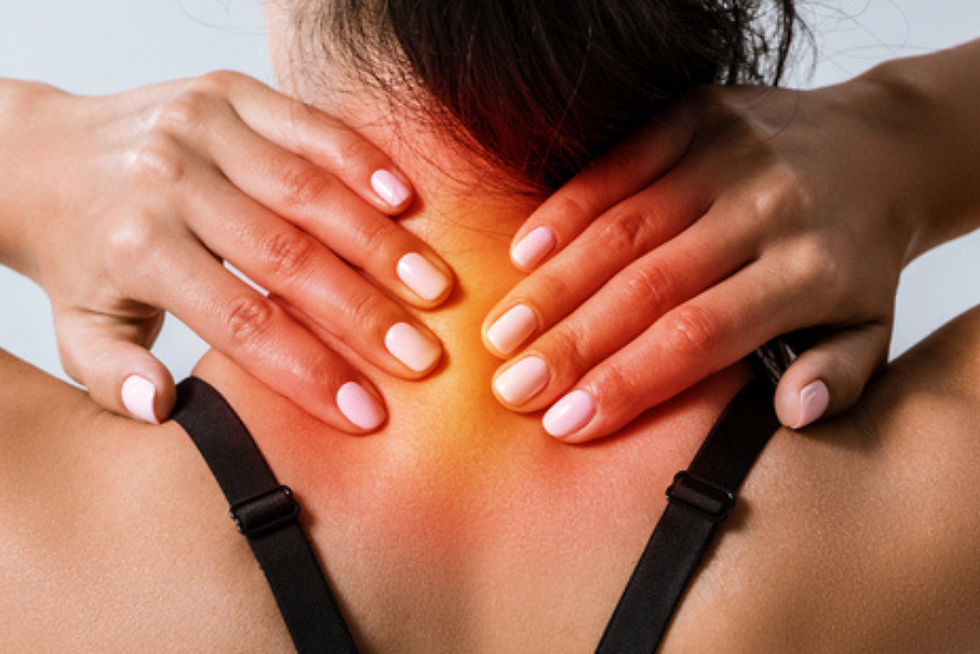To Ice Or Not To Ice?
- Dr. Jeric Toney
- Feb 16, 2023
- 2 min read

There’s the ongoing debate on whether or not ice is good for a recent or acute injury. The term “RICE” (Rest Ice Compression Elevation) was first coined by Dr. Gabe Mirkin in 1973 and has been the go to for acute musculoskeletal (ie ligament, tendon, muscle, bone) injuries (ie stains, sprains, etc) ever since. It’s been used by athletes, coaches, and healthcare professionals for decades. You may have heard of other acronyms for injuries over the years like PRICE, POLICE, and PEACE & LOVE, but what is correct? What is the research telling us?
There’s no doubt about it, ice is great for helping manage pain by numbing the area, it vasoconstricts the blood vessels which slows down the blood flow to the area and can help with swelling. Those sound like good things, right? So what is wrong with that?
Just because the pain decreases or goes away temporarily and the swelling is lessened with ice, doesn’t mean you’re fixing the injury.
When we have an injury, the injured tissue releases chemicals in our body called prostaglandins that increase blood flow to the injured area and start the inflammation process. With this increased blood to the area, it brings in white blood cells, which play a part in our immune system. They clean up any of the dead or damaged tissue and are necessary for healing.
When we add ice immediately to an injury, we slow down the blood flow to the damaged tissues, which limits the prostaglandins and white blood cells in the injured area. Without the white blood cells, we aren’t removing the damaged tissues like we need. Not all inflammation is bad. In an acute or recent injury, it’s absolutely necessary.
In 2013, Dr. Mirkin retracted his statement about RICE in the management of acute injuries by stating, “Subsequent research shows that ice can actually delay recovery. Mild movement helps tissue to heal faster, and the application of cold suppresses the immune responses that start and hasten recovery. Icing does help suppress pain, but athletes are usually far more interested in returning as quickly as possible to the playing field. So, today, RICE is not the preferred treatment for an acute athletic injury.”
So what is the preferred treatment for acute athletic injuries?
PEACE & LOVE.
Immediately after an injury → PEACE
Protection = avoid activities & movements that increase pain during the first few days after injury
Elevation = elevate the injured limb higher than the heart as often as possible
Avoid Anti-inflammatories = avoid taking anti-inflammatory medications as they reduce tissue healing; avoid icing as well because it slows down healing
Compression = use an elastic bandage or taping to reduce swelling
Education = your body knows best; avoid unnecessary passive treatments & medical investigations & let nature play its role
After the first couple of days passed since the injury → LOVE
Load = let pain guide your gradual return to normal activities; your body will tell you when it’s safe to increase load
Optimism = condition your brain for optimal recovery by being confident & positive
Vascularisation = choose pain-free cardiovascular activities to increase blood flow to the repairing tissues
Exercise = restore mobility, strength, & proprioception by adopting an active approach to recovery
So next time you have an injury, ditch the ice and RICE and give PEACE & LOVE a try!
.png)




Comments